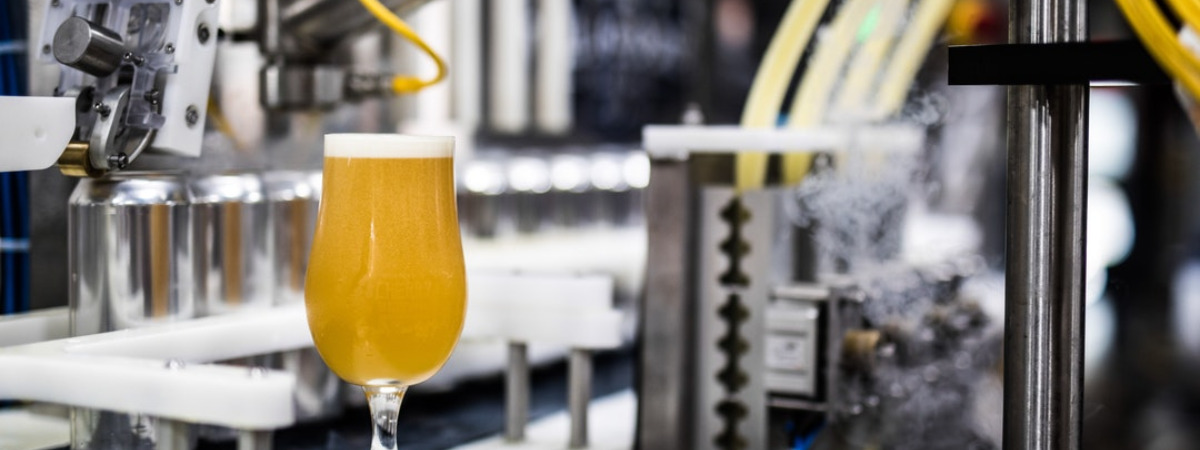Contents
Designing a Beer Recipe
Select a Beer Style.
- Even with a selected beer style you have room for your creativity and interpretation. At least you have selected a baseline to start your recipe creation.
- Use the BJCP style guidelines for the starting averages of color, bitterness, and original gravity for your selected style you want to design a recipe to brew.
Choosing the ingredients.
- By now we all know beer uses malt, hops, water, and yeast.
- First thing, find out what ingredients to use in the style beer you have selected.
- You want the proportions of ingredients in percentages, makes it easier to scale your ingredients later.
- Find your selected beer style in the BJCP style guidelines, about the last category in the guidelines, is Ingredients. Now these are general and do not give any details of the proportions used in the style.
- For more detailed information and breakouts of the proportions of ingredients are given in some great resources online.
- Examples:
- BeerSmith Blog Style Articles,
- Ray Daniel’s book Designing Great Beers,
- Jamil Zainasheff and John Palmer’s book Brewing Classic Styles,
- Gordon Strong’s book Modern Homebrew Recipes.
- Or just search online for your selected beer style. Be careful with recipes in discussion forums, some of them can be way out of line with the style, but be more to the brewer’s preferences.
Ingredient Proportions
- Once your have the ingredients roughly in the correct proportions, it is time to start entering your recipe into a spreadsheet or program such as BeerSmith, and run the numbers.
- This entering into a spreadsheet or program is important, don’t skip this step, the program will help you get your recipe properly balanced for your equipment.
- If you skip this step, your beer will probably be a long way from having the characteristics of your selected style.
Recipe Parameters
- The parameters you want to pay attention to as you adjust your ingredients are:
- Original Gravity (OG) –How much potential alcohol you will have in your unfermented wort will be determined by how much fermentable and unfermentable malt you have added to the beer. Also, fermentable and unfermentable malt you added to your recipe will determine how much malt flavor your beer will have.
- Always use the BJCP style guidelines for the starting averages of color, bitterness, and original gravity.
Bitterness (IBUs) – To provide a balance of the sweet malty flavors you will need the bitterness supplied by the hops in your recipe.
- For recipe design, you want to use the (IBUs) International Bitterness Units to estimate your bitterness.
- The BeerSmith program provides this information by giving you the BJCP style guidelines low to high IBUs levels for your selected beer style.
Color (SRM) – The color of your beer is relatively easy to estimate and absolutely no problem the BeerSmith program. And you don’t want to skip this step either, brewing a Pale Ale and the final color is black or a Porter, and it is a straw color, you have a problem.
Bitterness Ratio (IBU/GU) – Bitterness Ratio determines the Bitterness to malt balance of the beer. Brewing a hoppy beer, then a high bitterness ratio is what you need. A mild malty beer will have a low bitterness ratio. Check out this online article by Brad Smith for calculating the bitterness ratios. We have a separate article on calculating bitterness ratio as well as the ranges of different styles.
Final Gravity (FG) – The attenuation percentage achieved by your yeast will create your FG level. When designing your beer recipe, it ‘s hard to predict the final gravity. However, you can check the guidelines to see what the final gravity range should be for your selected style of beer.
Once you have this information, you can have some idea what percentage of the sugars in your wort need to be consumed by the yeast. (attenuation) When you have obtained all of this information, you can select a yeast that will have the attenuation percentage you need. And also have the other yeast characteristics required by the guidelines. If you have a style that requires a smooth, clean flavor, then you want a high attenuating yeast while complex character developed in your beer needs low attenuating yeasts.
Carbonation (Vols) – Take one liter of beer, dissolved one liter of carbon dioxide into it, you now have one volume of carbonation. Like all of the parameters given above, they all should match the style, carbonation is no different. With no addition carbonation, beer at room temperature contains about 1.0 volumes of CO2. If you brewed, English ales, (Authentic of course) then you want little or no carbonation. (1.5-2.0 vols) German beers will have up to 3.0 volumes, meaning they are highly carbonated. You can often determine the correct carbonation level for your selected beer style with just a little research.
In closing, the above points are valid. However, they are very general as well. If you want to design beer as Jay says at “Jays Brewing.” Think like a cook and get to know all of the flavors, aroma and characteristics of all the ingredients that make up the recipe for your beer.
Here is a link to Step 1 of a series of articles Jay published that I am unable to enhance in any way.
Enjoy the beer you designed and let me know about the style and your recipe, either by leaving a comment on this page or using the Contact page.
We all learn from others in our hobby.

